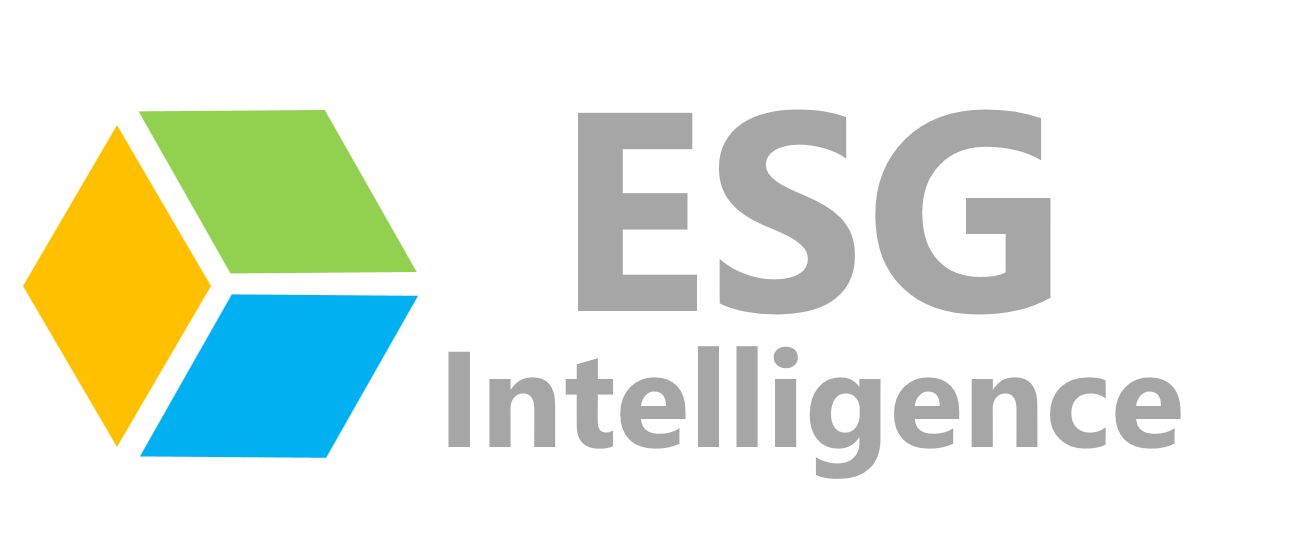Note: This article was last updated on July 23rd, 2019 to reflect the numbers on that date. You can find the latest blockchain consortium trends here.
We track the development of more than 180 enterprise blockchain consortia and have recently completed the analysis of these consortia. Mentioned below are some of the broader blockchain consortia trends that we came across.
Blockchain technology continues to attract enterprise interest even as cryptocurrency markets remain turbulent. Enterprises are actively exploring blockchain since the past couple of years, but mostly privately, which is expected to yield limited benefits.
Blockchain being a distributed technology requires the confidence of and collaboration among all participating stakeholders, to be most effective. The great Steve Jobs put it aptly a few years ago – “Great things in business are never done by one person. They’re done by a team of people.” If we take this quote and apply it in the context of blockchain technology, it would read something like – “Great things on the blockchain are never done by one organization, They’re done by a consortium of organizations.
Enterprises have begun to realize this and are increasingly working together in different blockchain consortia.
A consortium blockchain is a permissioned blockchain and a consortium is a group of companies that collaborate to work upon some set objectives. A consortium typically set standards for the development of new infrastructures, remove intermediary, increase profitability and bring otherwise distrusting parties together. Forming consortia has been a strategy of many enterprises that are experimenting with blockchain technology because, for the successful implementation of blockchain, a number of stakeholders must be on-board. Consortium blockchains usually offer low-cost operation and maintenance, high transaction speed, and enhanced scalability.

We track the development of more than 180 enterprise blockchain consortia and have recently completed the analysis of these consortia. Mentioned below are some of the broader blockchain consortia trends that we came across. A more detailed and industry-wise analysis can be found in our blockchain consortium analysis report.
Trend#1: BFS sector is no longer driving the formation of blockchain consortia
Banking and Financial Services sector was the first to realize the potential of blockchain technology and it continues to lead the way when it comes to its adoption or consortia formation. However, almost all the other industries have shown confidence in blockchain because there is no quarter since 2016 when a new consortium is not formed by an industry other than the banking sector. Currently, ~2/3rd of the consortia are from other industries. The banking sector drove the formation of consortia initially, but the widening of the area between the two trend-lines (on the graph below) every quarter underlines the fact that other industries are now actively involved in the formation of blockchain consortia.
Trend#2: New Consortia formation continues unabated
A closer look at the initiation of new consortia every quarter reveals that the numbers of new consortia formed, increased every quarter from 2017 to 2018, except the first quarter of 2018, which showed a little decrease. However, the last quarter of 2018 saw a significant spike of ~73% as compared to the third quarter of the year. The continuity in the formation of new blockchain consortia every quarter underlines the fact that the enterprises are highly confident about the adoption of blockchain technology. Although the initiation of new consortia relatively slowed down in 1Q2019, the larger trend remains intact if we consider 4Q2018 as an aberration.
Trend#3: 6 to 30 is the sweet spot for the size of the consortia
A large number of enterprises and technology vendors from different industries are highly confident about the adoption and formation of consortia. 180+ consortia that we track come in all sizes. Size of the consortia depends on the number of participating members enterprises/ organizations. Four major groups are formed to classify these consortia as – micro, small, medium and large. MICRO category includes consortia which are formed by 5 or less than 5 members. SMALL category covers the consortia that have 6-10 member organizations. MEDIUM class includes the consortia which have member participants in the range 11-30 and the LARGE category includes the consortia in which the number of members is more than 30. We note that ~2/3rd of the consortia fall in the small and medium size categories.
Trend#4: 17% of the blockchain consortia have already launched a commercial product
Based on the level of maturity, all the consortia have been stratified into four major categories – Nascent, Focused, Advanced and Dormant. ~29% of the consortia are in their first stage of development and are put in the NASCENT category which includes the consortia that are formed with some objectives but have not taken the next step yet. Nearly 44% of the consortia are in the FOCUSED category, have identified use case(s) and are actively working on the use cases or projects. The consortia that have commercially launched a platform or a product for the use of enterprises are put in the ADVANCED group which is ~17% of the total consortia formed. Lastly, the DORMANT category (~9%) includes consortia which have been formed on the lines of some goals but are not active since a considerable time (nearly one year).
Conclusion
With the activity around blockchain consortia increasing every week, joining or creating a blockchain consortia becomes imperative for all progressive organizations in order to stay updated. Even if you are a late starter, our blockchain consortia analysis report can help you come up to date with what has happened in your sector and and how you can join the blockchain revolution.
ESG Intelligence Platform
Check out the initiatives and innovations related to different ESG themes now!
